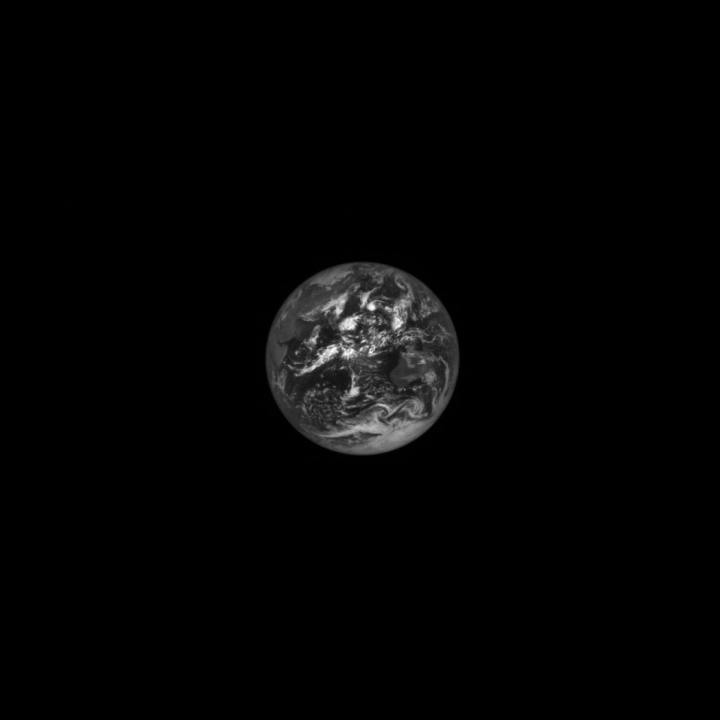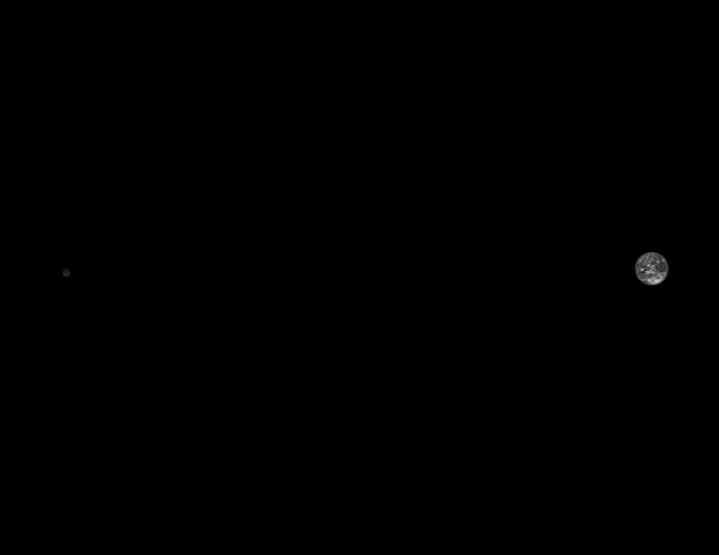Earlier this month, NASA’s Lucy spacecraft whipped by Earth as it performed a flyby on its way to the Trojan asteroids in the orbit of Jupiter. While it was passing by, it snapped images of both the Earth and the moon as seen from space. NASA recently shared these images with the public.
Lucy is visiting the asteroids in the orbit of Jupiter to learn about the formation of the solar system, but it’s a long journey to reach there. The spacecraft was launched in October 2021, and it is taking a complex path around the solar system to reach the asteroids over the course of 12 years. As part of this journey, Lucy swung back around Earth to get a gravity boost to help carry it on its way.

As Lucy passed Earth on October 15, it took this image of our planet with its black and white Terminal Tracking Camera (T2CAM) system. This is a pair of cameras which is designed to track the asteroids it will eventually be studying, but the pair were also able to capture a beautiful image of Earth. Taking images of known targets such as the Earth or of the view out into space is useful for calibrating the instruments, and Lucy even managed to capture a lunar eclipse from space earlier in the year as well.

A second image taken with the same camera system on October 13 shows both the Earth and the moon as seen from nearly 900,000 miles away.
Lucy has now performed its first Earth flyby and headed back out into the solar system, but two further Earth flybys are scheduled for December 2024 and December 2030. Lucy is set to perform a flyby of its first asteroid target, asteroid Donaldjohanson (named after paleoanthropologist Donald Johanson who discovered the Lucy Australopithecus fossil), in April 2025.



